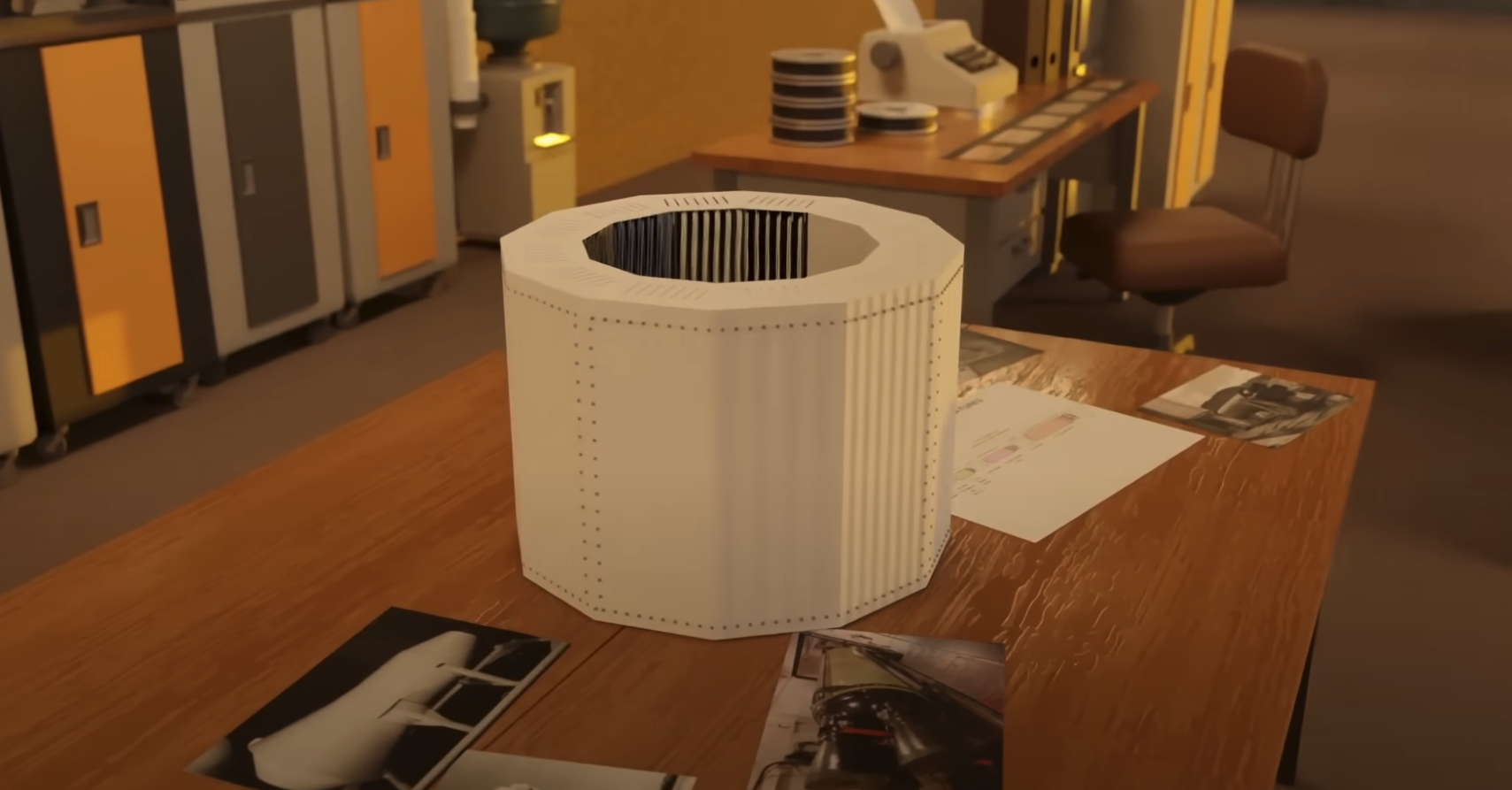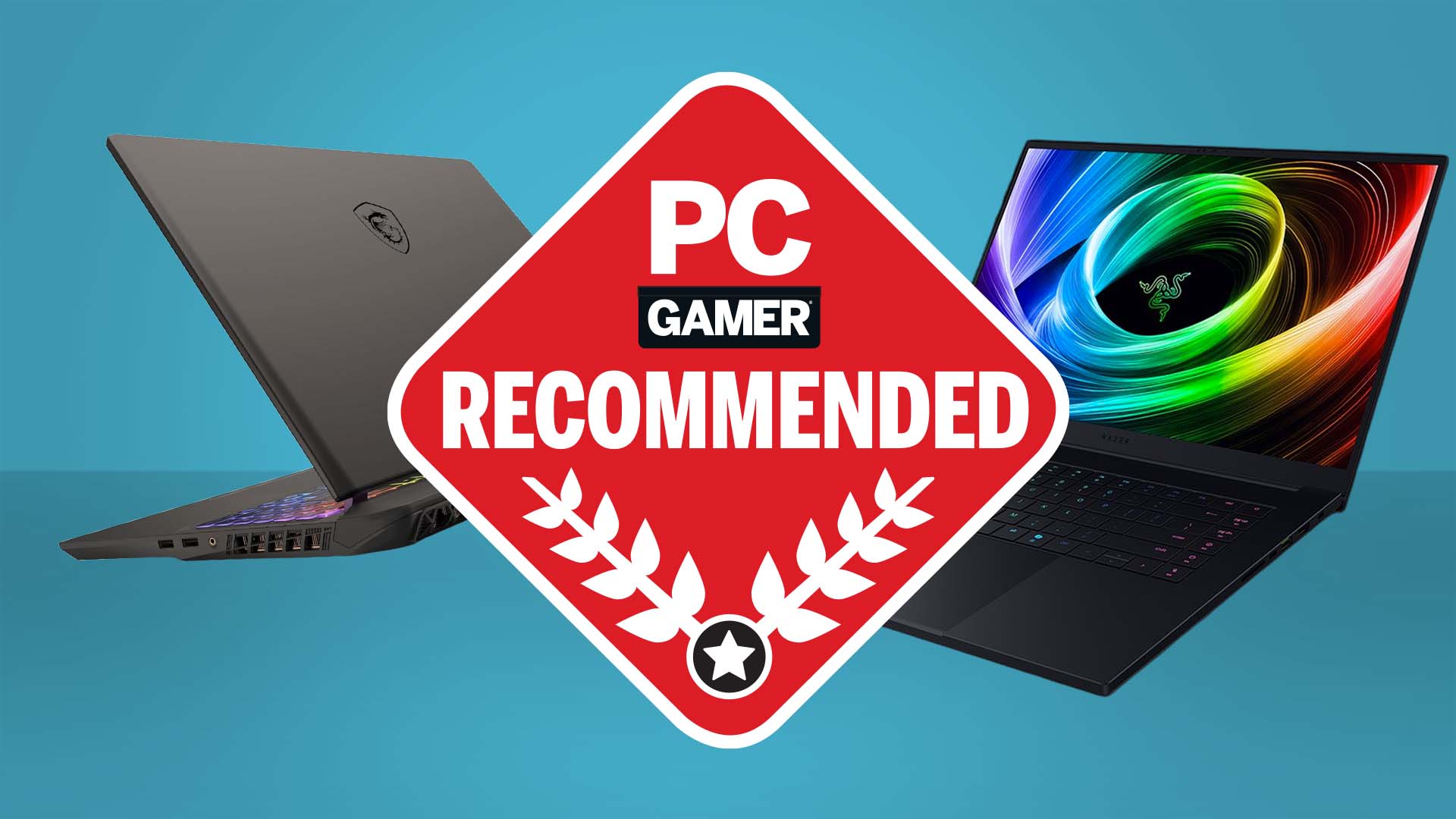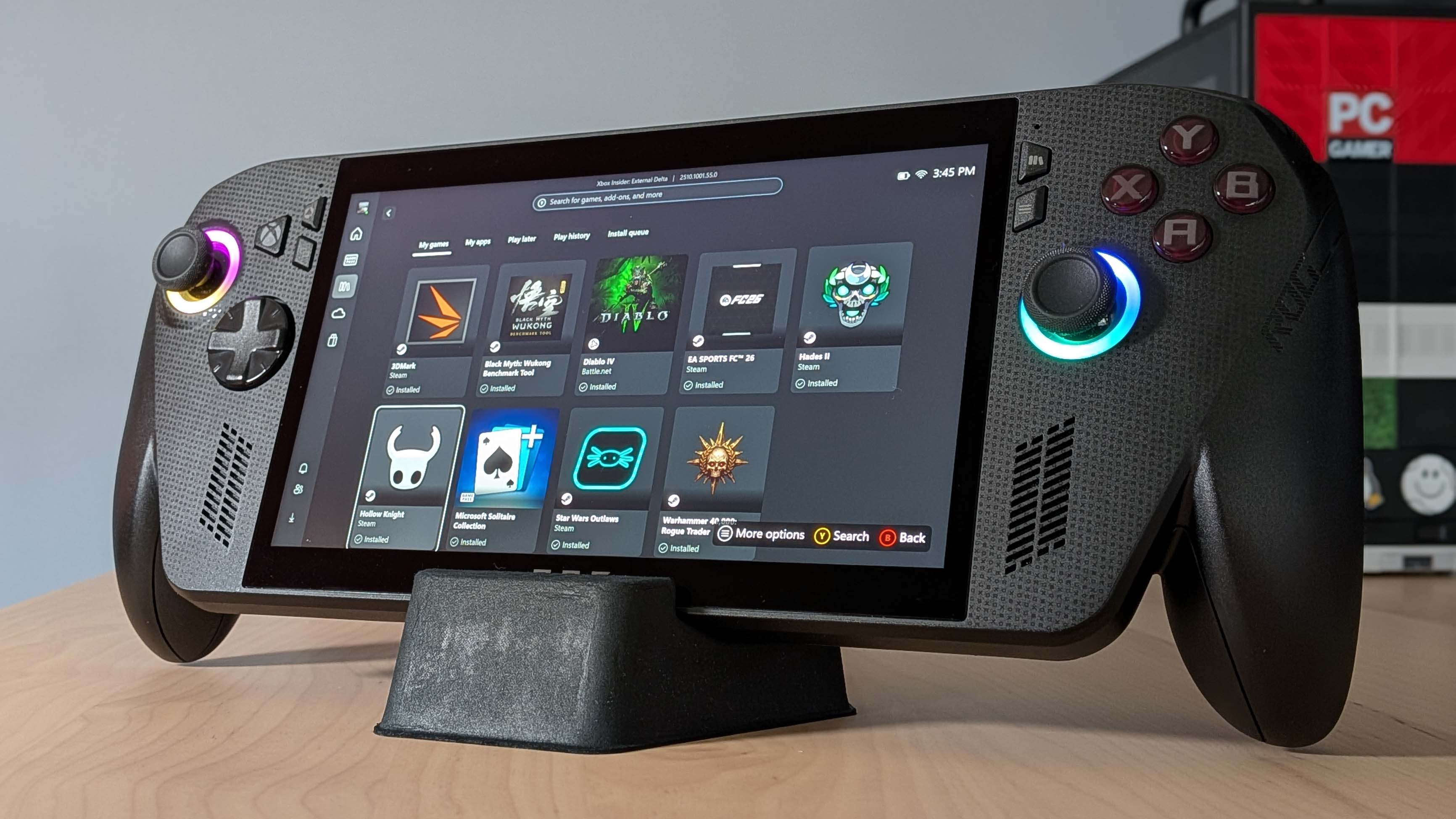Did you know your gaming PC's family tree could be traced back to one 1960s nuclear ICBM?
'Do you want to play a game?'
What, exactly, was the origin of the ubiquitous desktop computer? A strong candidate highlighted by Youtube channel Alexander the ok (via Reddit) is the Minuteman D-17b, the computer that powered the eponymous intercontinental ballistic missile from the early 1960s.
The first question that springs from this claim is what the hell does a computer in a missile have to do with desktop computing? The answer, surprisingly, is that computers from the missiles were given to universities and other research institutions, free of charge, at the end of the 1960s.
That was possible because the Minuteman 1 missile was being phased out at that time in favour of the then-new Minuteman 2. And the computers inside these missiles were quite unlike the lumbering, room-filling beasts that typified computing of the time.
Exactly what constitutes a 'desktop' computer is obviously subjective, even a little arbitrary. However, Alexander the ok suggests a definition around the idea of a general purpose machine small enough and light enough to be picked up by a single person. That's seems reasonable and by his reckoning the Minuteman D-17b was the first to meet that definition.
Once the missile had been decommissioned, the entire guidance section of the missile body, including the Minuteman D-17b computer, was sent to universities, hence the cylindrical form factor in the image above.
And it was indeed guidance that was the original purpose of these machines. In the days before GPS, the missiles relied on inertial navigation, courtesy of gyroscopes and accelerometers, the outputs of which fed into guidance trajectories equations, all of which was computed, literally and figuratively on the fly, by the D-17b.
For the record, the Minuteman missile was smaller than you might think, measuring just 17 metres in height and 170 cm across at its widest point. The guidance section of the missile containing the D-17b was 75 cm across and 80 cm high. Bigger than a typical desktop PC, to be sure, but certainly something you could stick on a desk.
Keep up to date with the most important stories and the best deals, as picked by the PC Gamer team.
All in, the D-17b weighed 28kg and was housed in a dodecagonal chassis 54 cm high and 74 cm across. The computer had two main components. All of the logic, timing and IO was controlled by 75 individual circuit boards. So, it was all discrete components, there were no integrated circuits. In other words, this computer didn't have a single chip.
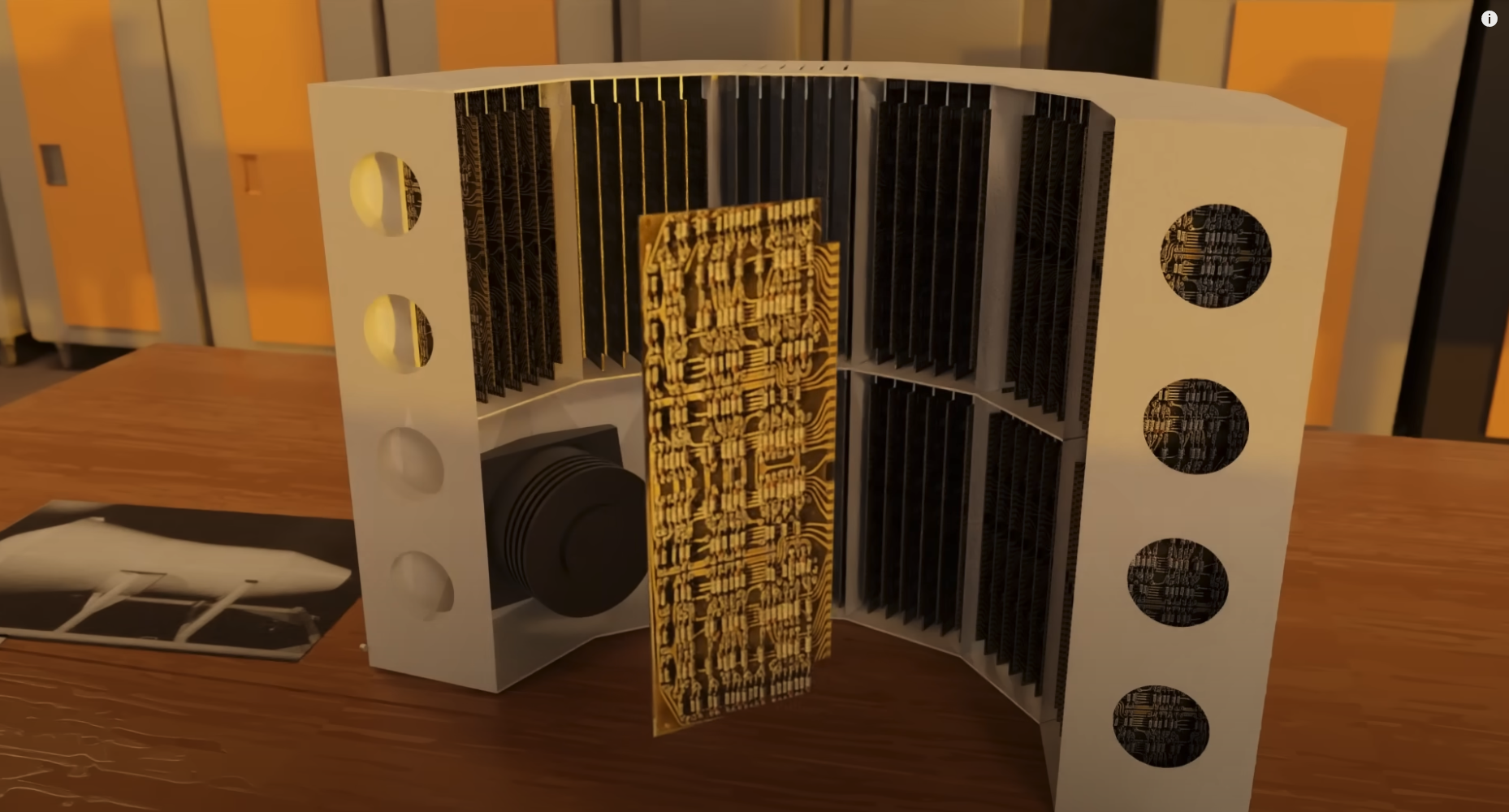
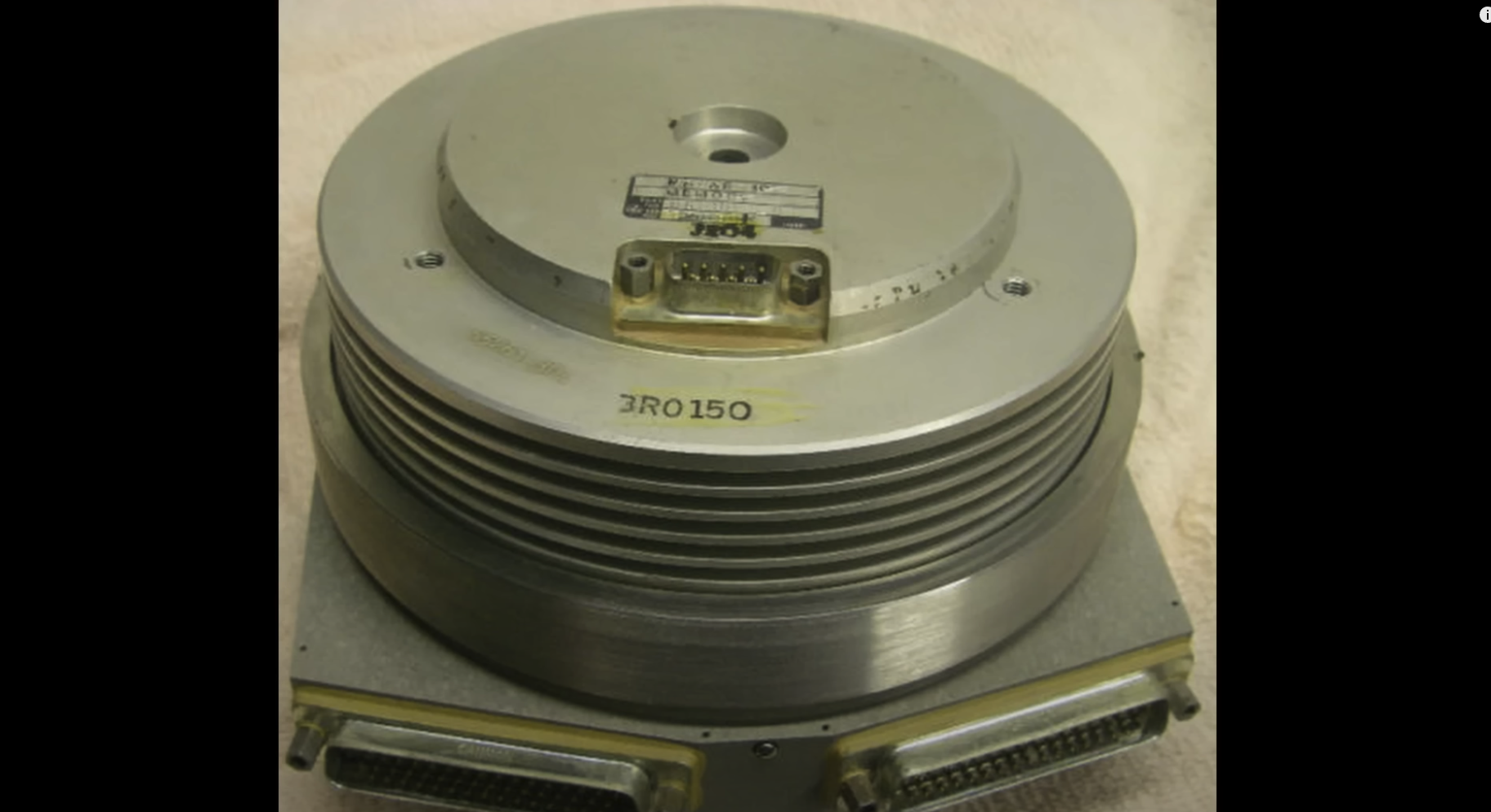
One board handled clock timing, a whole board provided a single 24-bit register, others for specific logic functions, and so on. The D-17b had a notably low transistor count and relatively high diode and resistor counts.
It turns out that the very notion of a transistor was new back then and reliability concerns dictated the lowest possible number of transistors, around 1,500 in total. That compares with the faintly ludicrous numbers of transistors of modern computers. Even a modest smartphone chip has billions of the things.
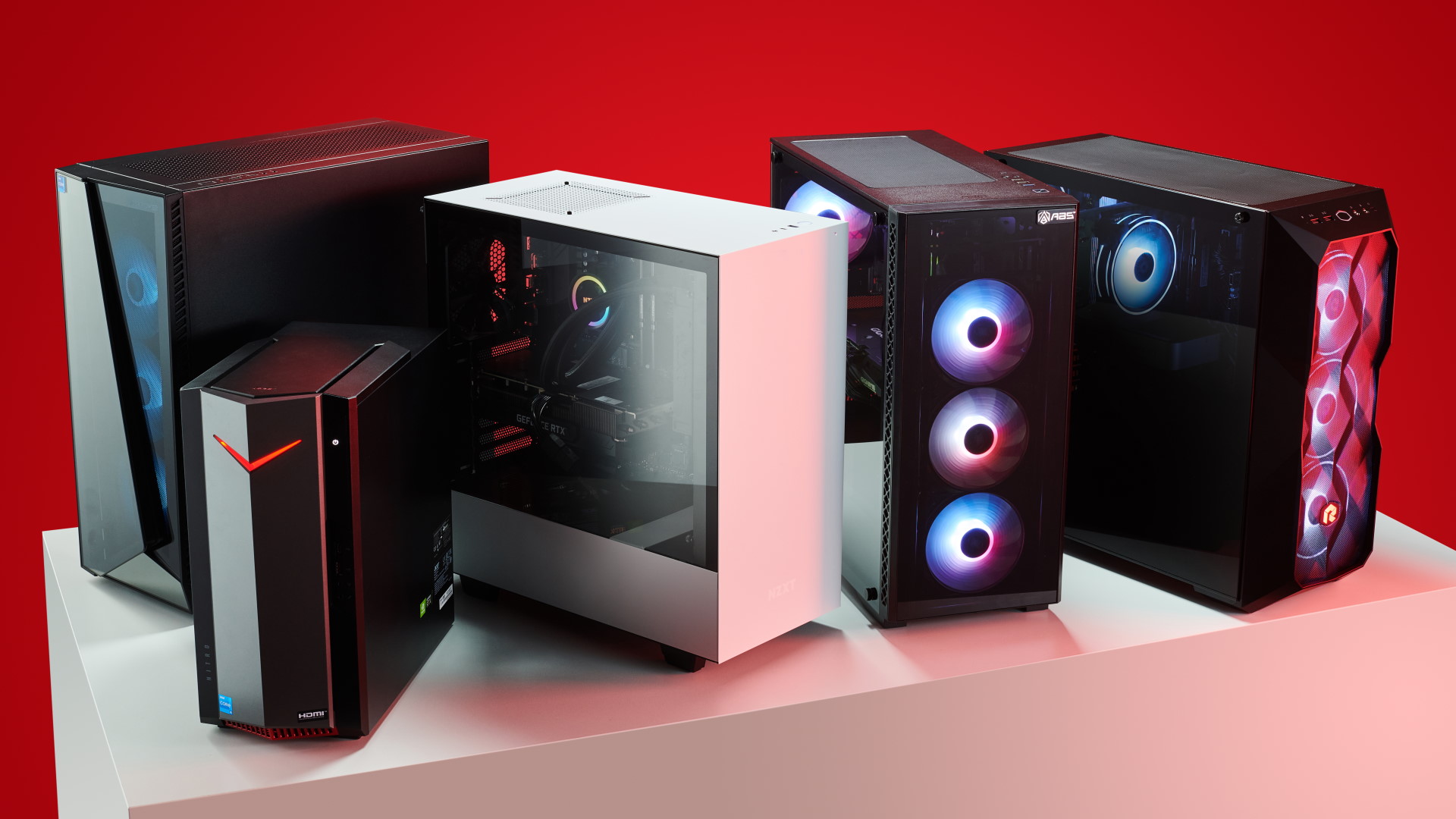
Best gaming PC: The top pre-built machines.
Best gaming laptop: Great devices for mobile gaming.
The other major component was a magnetic hard drive. The first commercial hard drive was the IBM 350, released just five years prior to the D-17b and weighing in at a full metric tonne. So, the D-17b's drive was a remarkable achievement of miniaturisation. It's not clear how much storage the D-17b's drive offered, but its data storage and recall was critical to the machine's status as a general purpose computer, and it contributed to an overall architecture that is largely recognisable as a modern computer.
Of course, none of this came cheap. In today's money the D-17b cost about $2 million a pop, which feels pretty generous when you consider the machines ended up being given away. You can actually still see a D-17b today at the Computer History museum in Mountain View California, while another is on display in a museum in Montana.
Exactly what was achieved by the D-17b in its second life as a research machine isn't detailed by the video, but it showed that you could deliver genuine computational performance in a small package, without having to resort to filling rooms with huge cabinets. It may not have been necessarily a computer we might recognise, but it will have absolutely contributed to their miniaturisation. And there's certainly something pleasing about the notion that something as awful as a nuclear missile contributed so significantly to the wonders of modern computing.

Jeremy has been writing about technology and PCs since the 90nm Netburst era (Google it!) and enjoys nothing more than a serious dissertation on the finer points of monitor input lag and overshoot followed by a forensic examination of advanced lithography. Or maybe he just likes machines that go “ping!” He also has a thing for tennis and cars.

